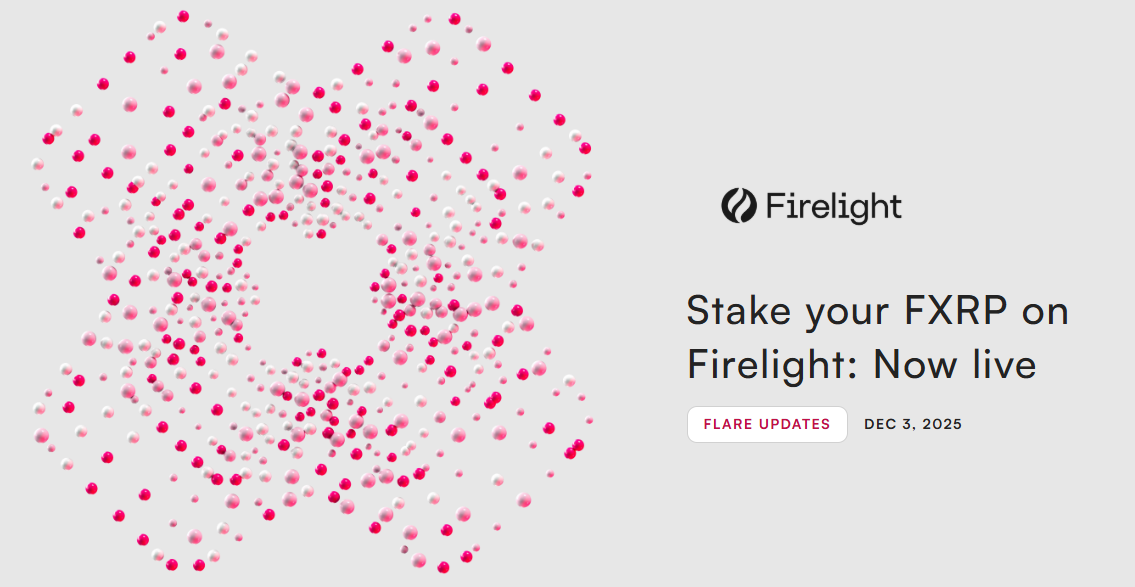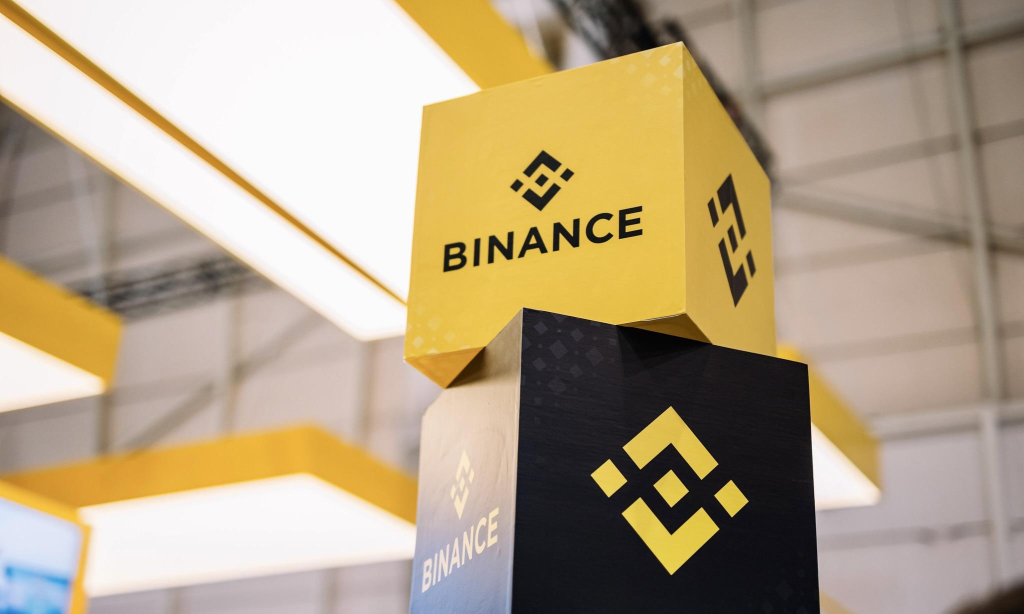Ethereum co-founder Vitalik Buterin has endorsed TiTok AI, a novel method for onchain image storage. The TiTok compression technique significantly reduces image sizes, making them suitable for blockchain applications like NFTs and PFPs.
Vitalik Buterin Endorses TiTok AI for Revolutionary Blockchain Image Compression Method
According to Cointelegraph, Vitalik Buterin, the co-founder of Ethereum, has endorsed the new Token for Image Tokenizer (TiTok) compression method for its prospective blockchain application.
The new TiTok compression method, which is not to be confused with the social media platform TikTok, substantially reduces the size of images, making them more suitable for storage on the blockchain.
Buterin emphasized the blockchain potential of TiTok on the decentralized social media platform Farcaster, stating that “320 bits is basically a hash. Small enough to go on chain for every user.”
The development could have substantial implications for the digital storage of profile photographs (PFPs) and non-fungible tokens (NFTs).
Developed by researchers from the Technical University Munich and ByteDance, TiTok enables the compression of an image into 32 small data pieces (bits) without compromising fidelity.
TiTok can compress a 256x256 pixel image into "32 discrete tokens" due to advanced artificial intelligence (AI) image compression, as stated in the TiTok research paper.
TiTok is a 1-dimensional (1D) image tokenization framework that "eliminates grid constraints inherent in 2D tokenization methods," resulting in more compact and adaptable images.
“As a result, it leads to a substantial speed-up on the sampling process (e.g., 410 × faster than DiT-XL/2) while obtaining a competitive generation quality.”
Vitalik Buterin Highlights TiTok AI's Advanced Image Tokenization for Efficient Blockchain Storage
TiTok employs transformer-based models to convert images into tokenized representations, utilizing machine learning and advanced AI.
The method employs region redundancy, which involves identifying and utilizing redundant information in various image regions to reduce the final product's overall data size.
“Recent advancements in generative models have highlighted the crucial role of image tokenization in the efficient synthesis of high-resolution images.”
The research paper indicates that TikTok's "compact latent representation” can yield “substantially more efficient and effective representations than conventional techniques.”
Although the two platforms share a similar name, Buterin did not endorse TikTok, the social media platform.
The Ethereum co-founder gives credibility to the novel AI-driven image compression method by emphasizing TiTok's blockchain potential.
“Unlike the existing 2D VQ models that consider the image latent space as a 2D grid, we provide a more compact formulation to tokenize an image into a 1D latent sequence.”
Compared to "2D tokenizers," the proposed new method can "represent an image with 8 to 64 times" fewer tokens. The team aspires to illuminate "more efficient image representation" through this research.
Photo: Microsoft Bing


























Comment 0